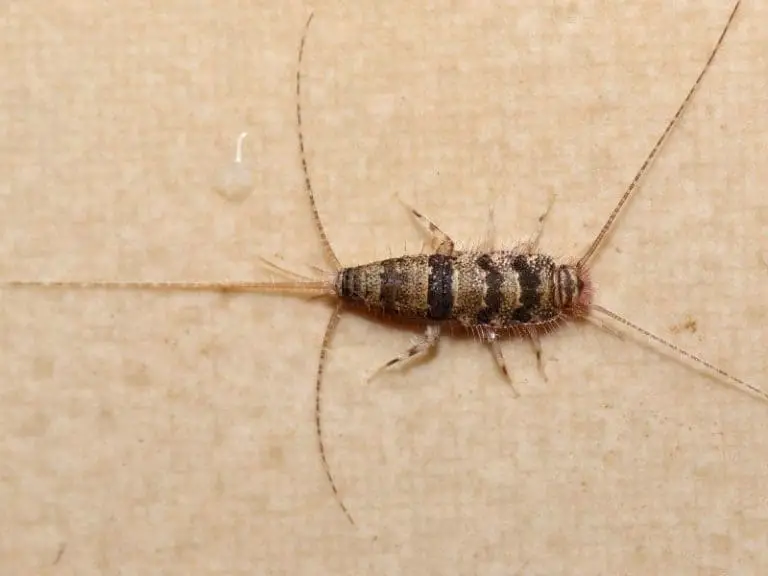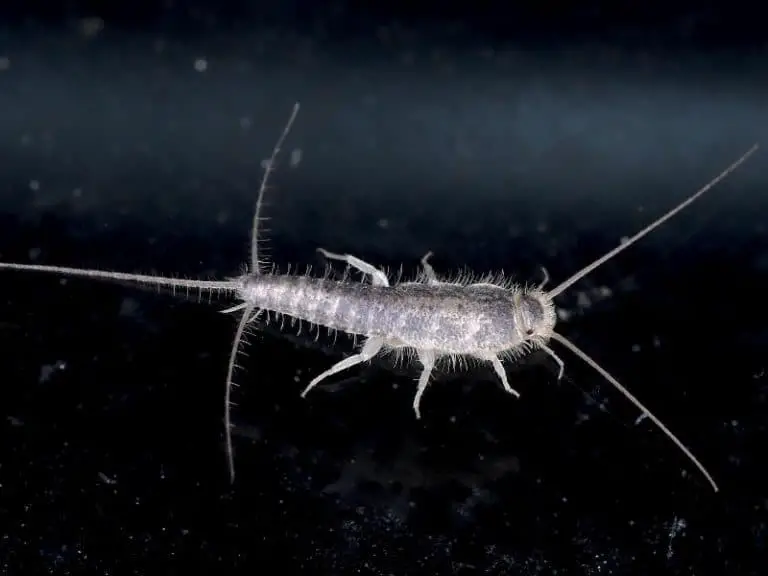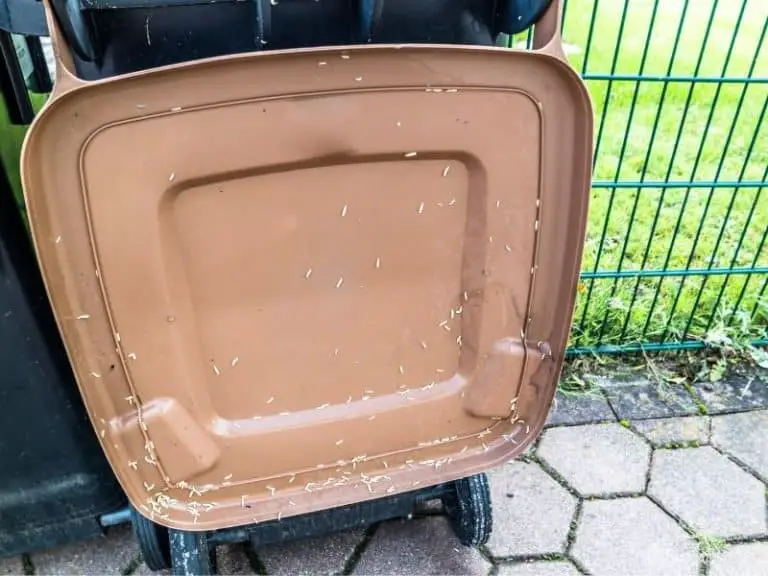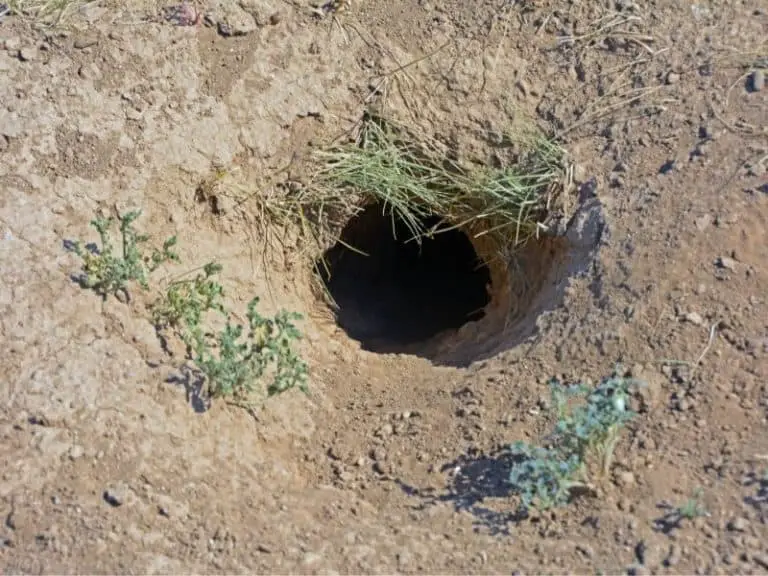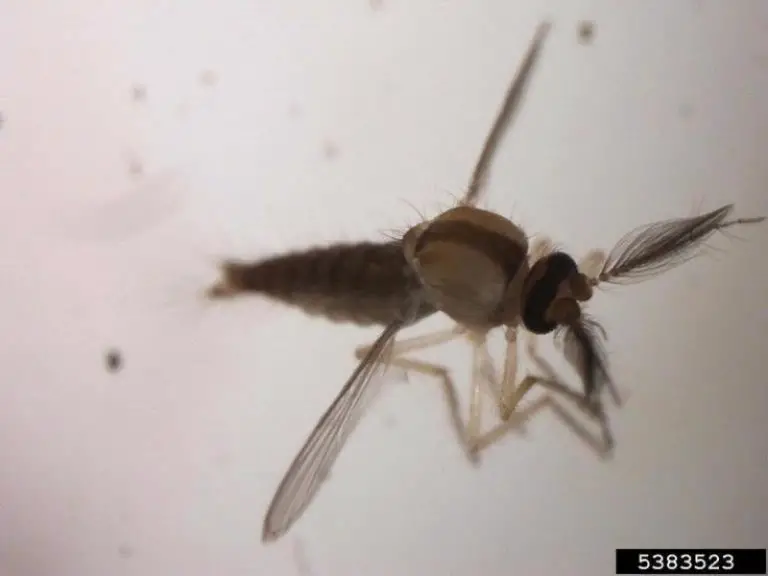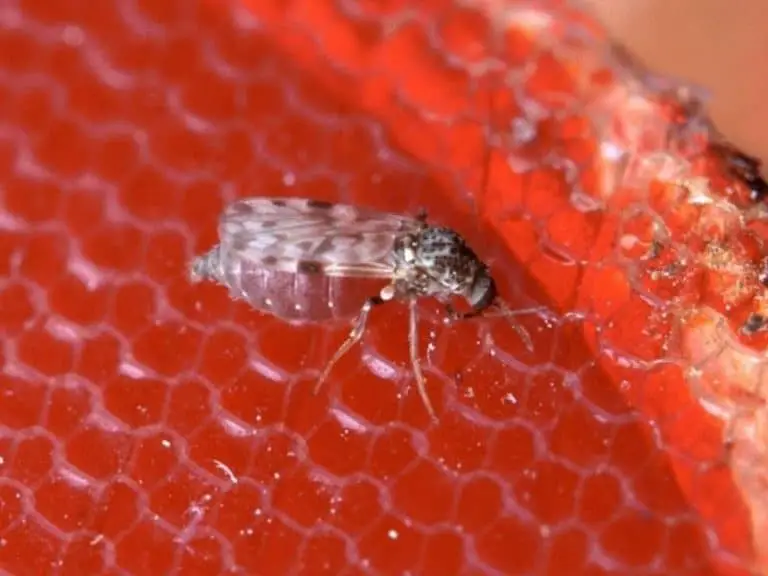What Are No See Ums Attracted To and What Repels Them?
The factors that attract no see ums and other insect pests to us can ruin any occasion in an instant, and it is essential that we become aware of what repels them in order to keep them at bay. We need to know what we can do about it. Sadly, insect sprays are merely a temporary respite and do not provide a long-term solution.
Other methods are tiresome and are labor-intensive, such as shutting off the entire shelter or home or using screens against no see ums, among other techniques. In this regard, we, therefore, need to find out what are no see ums attracted to and what are the things that repel or deter them.
No see ums are attracted to exhaled carbon dioxide; fatty acid, uric acid, lactic acid, saccharide, and antigen secretions; moisture; and light. They are repelled by DEET; Picaridin; and essential oils like peppermint, citronella, lemongrass, pine, cedar, rosemary, tea tree oil, and lavender.
No see um bites are insidious.
When they bite you, you will not know about it immediately. However, hours later, you are suddenly very aware of the bites.
How is this so?
You may not be aware at the time you were bitten because these insects are so small that they almost cannot be seen. And it can also take from a few hours to several days before your skin reacts negatively to the bites.
The bites become welts that have intense itchiness, and scratching them can lead to all sorts of additional problems such as bacterial infections.
The symptoms can last for up to several weeks so that you find yourself thinking about how you can know what substances or things repel these insects.
You also wish to eliminate the things that attract them. Meanwhile, your bitten skin suffers from these itchy red bumps. Let us discuss how you can repel no see ums and how to avoid attracting them.
8 Things That No See Ums Are Attracted To
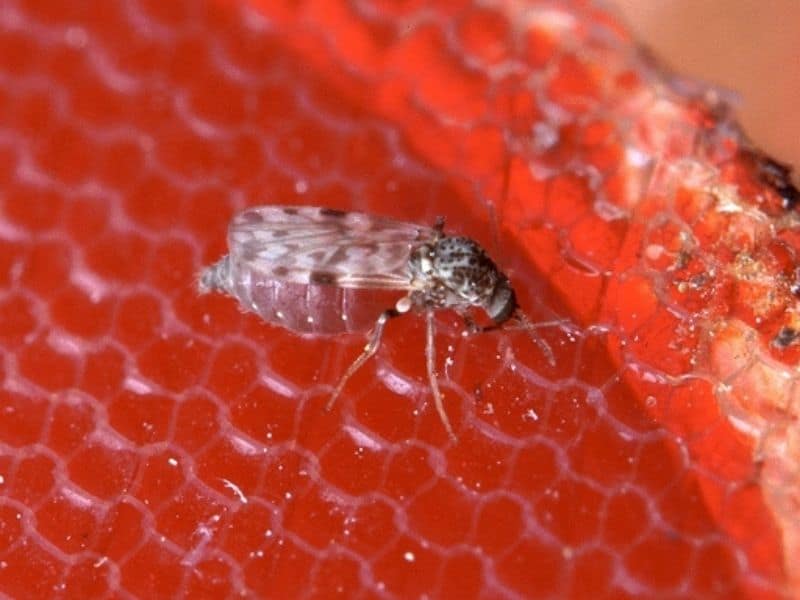
No see ums are attracted by exhaled carbon dioxide and fatty acid, uric acid, lactic acid, saccharide, and antigen secretions. Some people have more or fewer secretions depending on their genetics. No see ums are also attracted by blood as well as habitats with water and nectar.
Moisture and bodies of water
No see ums also get attracted to places with damp areas, moisture, and bodies of water. They want to stay in or near such places because water and moisture are needed in their reproductive cycle. They lay their eggs in these damp and moist areas.
Light
No see ums are also attracted to the light. During the night, you will be able to usually observe them flying around and congregating on areas with light, including torches and other light sources.
No see ums are observed to have the most activity during dawn and dusk. This increases your attractiveness to their bite during these times.
Food sources
No see ums, just like any other living organism, need food to sustain their life. The majority of their food items is composed of the nectar of flowers, which is their main food source.
For female no see ums, an additional food source is needed in order for them to lay their eggs and successfully perpetuate their species.
This food source is the blood of their hosts. The host of female no see ums from which they suck blood include humans, livestock, rodents, pets, and other similar animals. The hosts’ blood helps in the production of no see um eggs.
The female no see ums inject their saliva under their host’s skin, which causes blood pooling in the bite site. This facilitates blood sucking.
Unfortunately, the no see um’s saliva causes irritation, causing the bite site to develop an itchy red splotch. In sensitive skin, swelling will also develop, along with a large-sized discoloration around the bite site.
Carbon dioxide
Parasitic insects such as no see ums and mosquitoes are attracted to the gas exhaled by humans known as carbon dioxide or CO2.
We inhale CO2 naturally, and the insects are naturally able to detect it so that they can detect us, which helps them locate their blood meal.
In other words, the mere act of breathing attracts no see ums to us.
Genetics
Some people are unlucky enough to always be attractive to no see ums and other biting or parasitic insects such as mosquitoes. However, bad luck does not really play a role in it at all, and it is actually your genes that are to blame.
For example, scientists estimate that 85% of a human’s susceptibility to a mosquito bite is due to their genes.
The specific traits influenced by genetics that make certain people more susceptible to no see ums include various chemicals secreted by their body as well as their blood type. These are discussed individually below.
Acid secretions
No see ums also sense the particular chemicals of fatty acids, uric acid, and lactic acid. It is a chemical cocktail secreted by us that provides signals to these pests that there is a nearby vertebrae mammalian host whom they can feed on.
The amount of these secreted chemicals, along with their combination, plus the carbon dioxide gas that we exhale, are influenced by an individual’s genetics. Activity also plays a role, particularly with lactic acid.
Antigens and saccharides
Humans also have other skin secretions such as compounds known as antigens and saccharides. These compounds also attract no-see-ums. Individual genetics also largely dictate how much of these substances a person normally secretes.
Blood type
Some insects are also attracted by particular blood types, as discovered by scientists. It has been found that the blood type O is the most attractive, while the blood type A is the least.
However, these studies have been conducted on mosquitoes. Being blood suckers themselves, it is logical to assume that the blood type of certain humans may or may not be attractive to no see ums as well.
To Be Human is to Attract No See Ums
With all of these factors, we can never really change ourselves enough so that we can become less attractive to no see ums. Being a person itself makes you appealing to them because you serve as their food source.
You can only repel them by using repellents and other things that keep them away. You can also use protective coverings like extra clothing and fine screens and nets.
In this regard, we will then discuss next what repels no see ums, and how they can help you avoid their bites and the complications that they bring.
The Things that Repel No See Ums
No see ums are repelled by DEET and Picaridin. They are also repelled by essential oils such as peppermint, citronella, lemongrass, pine, cedar, rosemary, tea tree oil, and lavender. Burning essential oils outdoors and spraying your skin with the repelling materials will keep no see ums at bay.
Chemical repellents
No see ums, just like other pest insects, are usually susceptible to insect repellent products that use chemical formulations designed to keep them at bay or kill them. However, not all of these products are useful against no see ums.
Many of these repellents contain DEET, Picaridin, and other commercially produced insect repellent compounds.
Oils that repel no see ums
Some people recommend some strong, aromatic essential oils for repelling no see ums. These oils include peppermint, citronella, lemongrass, pine, cedar, rosemary, and lavender.
One or a few of these oils combined may not work against no see ums, but there are at least three varying combinations of them that are strong, not nauseous to humans or have a caustic smell, and most importantly, repel no see ums effectively.
One type of insect spray using these oils involve combining witch hazel, Listerine, and tea tree oil.
Another kind of repellent is not in the form of a spray. For beaches and mountain areas, you may use lemongrass and burn its oil as an outdoor repellent. You may use an oil lamp or any similar device for this purpose.
Do-it-yourself insect repellent
You can actually make your own homemade insect repellent using essential oils and alcohol.
First, get a plastic bottle with a dark hue so that the concoction will not degrade from the light coming into it. If you have to use a clear bottle, you can cover it using duct tape to get the same effect.
A used and well cleaned shampoo bottle is enough, and has the added benefit of having a small-sized opening at the top to let you control the amount of repellent you can pour out of it.
A generic bottle with a nozzle for spraying is also ideal. Do not forget to cover the surface with tape if it is also clear. If you want to pour out more of the repellent at a given time, the shampoo bottle may work better for you.
Use the spray bottle if you want the spray option.
The formula for the homemade repellent should be 5-10% essential oil composition, with the carrier alcohol or oil comprising the rest. You can make a small amount of the repellent to fill one bottle first. A formula can be composed of 2 tablespoons or 1 fluid oz. essential oil (or 30ml) and 1-1/8 to 2-3/8 cups or 9-19 fluid oz. of the carrier alcohol or oil.
If the no see ums are persistent and are not deterred by your formulation, you can increase the concentration of the essential oil and decrease the proportion of the carrier alcohol or oil.
For the homemade formula, you can use citronella oil to repel no see ums. Other oils are recommended for mosquitoes, lice, ticks, and fleas, and may not be effective against no see ums.
For the other insects, the essential oils that can be used are cinnamon oil, eucalyptus oil, lemon eucalyptus oil, rose geranium oil, and sweet orange oil.
The carrier alcohol or oil may be composed of the following; choose one of these or combine these ingredients: cooking oil, olive oil, or sunflower oil; witch hazel; and vodka.
To create the repellent, just mix the essential oil with the carrier in the bottle. Mix it thoroughly by shaking the capped bottle. You may also include aloe vera gel if you want your repellent to have a gel-like consistency. Take note, however, that you are diluting the proportion of your active ingredient, the essential oil.
The repellent can be rubbed or sprayed onto your skin. Reapply every hour or so, especially if you are sweating profusely or swimming.
For a do-it-yourself lemongrass repellent, you can use 20 to 25 drops of lemongrass essential oil, ¼ cup of witch hazel, and ¼ cup distilled water. You can also use this as a pour-on lotion or as a spray on your skin.
What Smells Repel No See Ums?
Strong, aromatic essential oils repel no see ums. These smells include citronella, lemongrass, peppermint, pine, cedar, rosemary, tea tree oil, and lavender.
No see ums are also repelled by the smells of chemical repellents that contain DEET and Picaridin, along with other active ingredients of commercially available insect repellents.
Are No See Ums Attracted to Light?
No see ums are indeed attracted to light. They are also attracted to UV or ultraviolet light. You can schedule the times that you keep your lights on or off. Before bedtime, you can turn your lights off earlier. You can also turn them on at a later time after dusk.
Female no see ums are especially attracted to light. The advantage of shortening the time that you keep your lights on is the lower electric bill that you will incur. At the same time, you may avoid being bitten more during the night.
You can also take advantage of this knowledge by trying to lessen the time you are outdoors at the house during dusk and dawn. This is due to the fact that no see ums are also active at these times.
You can also use light-based traps especially devised for no see ums and various flying insect pests such as mosquitoes. These products emit UV or ultraviolet light which attracts these insects and then zap them as they approach.
There are also light bulb products that serve as your main light source while also killing no see ums at the same time. They have the advantage of using less energy and saving you from high electricity costs by having a dual purpose.
They can also be installed into conventional light bulb sockets. They have a wide coverage, with one bulb enough to service one room.
The advantage of light bulb products that kill no see ums is the lack of toxic chemicals from chemical repellents that you and your family may smell. These bulbs are safe to use in your children’s rooms. They also kill other bothersome and dangerous insects such as mosquitoes.
There is even a light bulb product that combines light with the emission of CO2 to mimic human exhalation. This serves to attract no see ums even more than just the light alone.
Why are No See Ums Attracted to Me?
No see ums can be attracted to you due to factors such as skin secretions like lactic acid, fatty acids, and uric acid; blood type; and a higher amount of CO2 exhalation. This is the reason why some people are bitten more than others.
There are also other biological factors that cause no see ums to be attracted to some people more than others. This may also be the reason why certain repellents work in some people while being ineffective in others.
No see ums bite due to the nutritional value of blood both for their sustenance as well as the viability of their eggs. Our skin emits a lot of smells, and presently, it is not yet exactly known by science which odors are attractive to insects.
Mainly, scientists have determined that no see ums become attracted to us due to the heat and carbon dioxide that we emit.
Different humans emit different levels of heat as well as carbon dioxide. As an example, people who are overweight as well as pregnant women emit more of these compared to other people.
Insects are also attracted to increased lactic acid secretions in humans during exercise. Stress also seem to play a role, as scientists believe that there are chemicals released during stress which repel certain mosquitoes. If you are less stressed, you become more attractive to them.
This makes sense from an evolutionary standpoint, because stressed hosts may not be very beneficial for insects to feed on compared to healthier hosts.
FAQ
Is there a no see um season?
Officially, there is no season for no see ums, and they are active all throughout the year. However, they are much more numerous and troublesome during the hotter months and in times of higher humidity.
Are no see ums beneficial to society and nature?
No see ums do perform a beneficial service to us. The male no see ums feed on the nectar of flowers, and only the females feed on our blood. In Costa Rica, no see ums pollinate rubber trees. They also primarily pollinate cacao, from which cocoa and chocolate come. No see ums also pollinate mangoes.
Medical Disclaimer: TheHomePestControl is a digital publisher and does not offer personal health or medical advice. The contents of this website are not intended to substitute for professional medical advice, diagnosis, or treatment.
Affiliate Disclaimer: As an Amazon Associate, I earn from qualifying purchases made on our website. If you make a purchase through links from this website, I may earn a commission at no additional cost to you.

